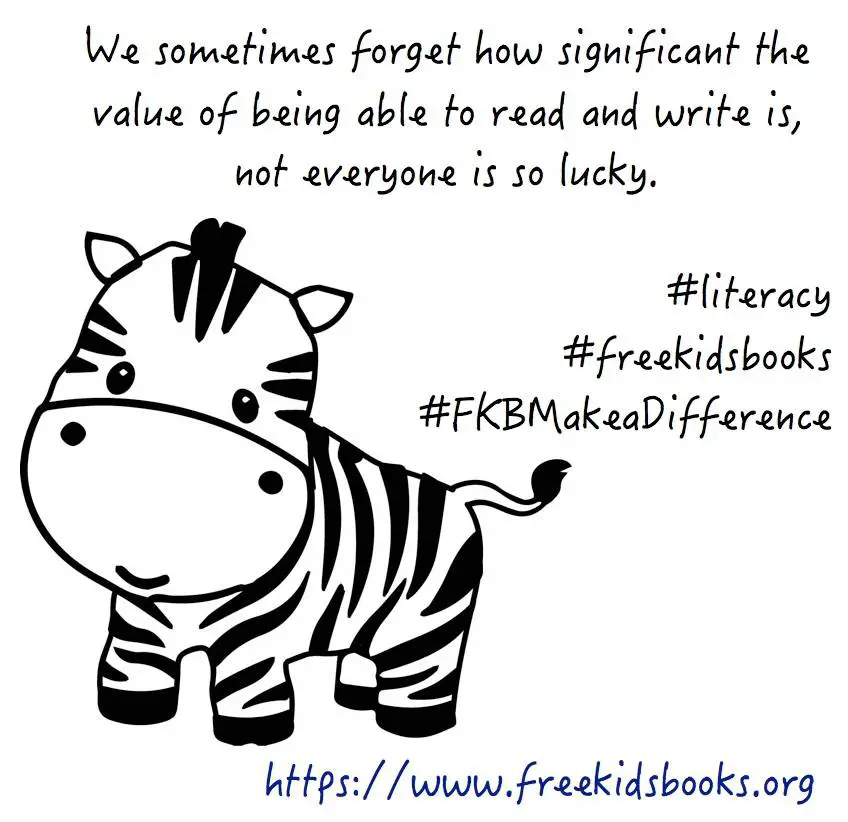 When it comes to educating young children, any teacher will tell you that it is hard work, especially when one of the children that they are trying to teach has a diagnosis of autism.
When it comes to educating young children, any teacher will tell you that it is hard work, especially when one of the children that they are trying to teach has a diagnosis of autism.
Autism can cause an array of complications when it comes to learning; everything from listening to working with others can be difficult, meaning that it is hard for teachers to involve children with this diagnosis in a basic classroom environment.
So, what are some of the best tips for teaching a child who has autism in a standard educational setting?
Use Technology
If you are looking to help autistic children in your classroom learn, there is so much that technology can do for you that you will wonder why you have never invested in it before!
There are many downloadable options that can help children with autism learn skills on a tablet, as well as helping you to learn more about autism. Indeed, a well-supported autism app can help you to make sense of the process of teaching a child who has ASD and will help you develop your skills, as well as help them to learn. Great!
Individualise Teaching
Autistic children tend to learn better when they’re being taught 1 to 1. This is because there is nobody around that can interfere with what they are learning or cause them to become distracted. Of course, this is not always feasible if you are trying to teach a classroom of 24 to 30 children, so it is best to hire additional support and teaching assistants to help a child who has autism to learn in a quiet location in the classroom.
Create Predictability
It can be hard to create a predictable environment in class, but if you have a child or children in your classroom who have autism, you can help them by trying. This can involve putting a daily breakdown of the tasks on the board, as well as providing them with a timetable of what is going to be taught. This can help them to anticipate each part of the day and will also help you to become a bit more structured in your teaching style.
Provide Sensory Friendly Environment
Autistic children can become extremely overwhelmed in loud or overly colorful environments, which can make teaching them challenging if you are doing so in a first or second-grade class. However, it is manageable with a semi-secluded area for them to relax with a teaching assistant, which has sensory toys but is not loud or overly colorful. This will help them to feel calm and will allow them to focus on their work.
Invest in Support Services
When you are trying to teach a child who has autism, as mentioned before, you need to invest in teaching assistants, specifically ones who have experience working with children who have autism before. This will mean less disruption to the rest of the class, it will ensure that the child or children with autism are learning, and it will allow you to focus all of your time on teaching the entire class rather than having to focus all of your attention on one child. So, everybody wins!










